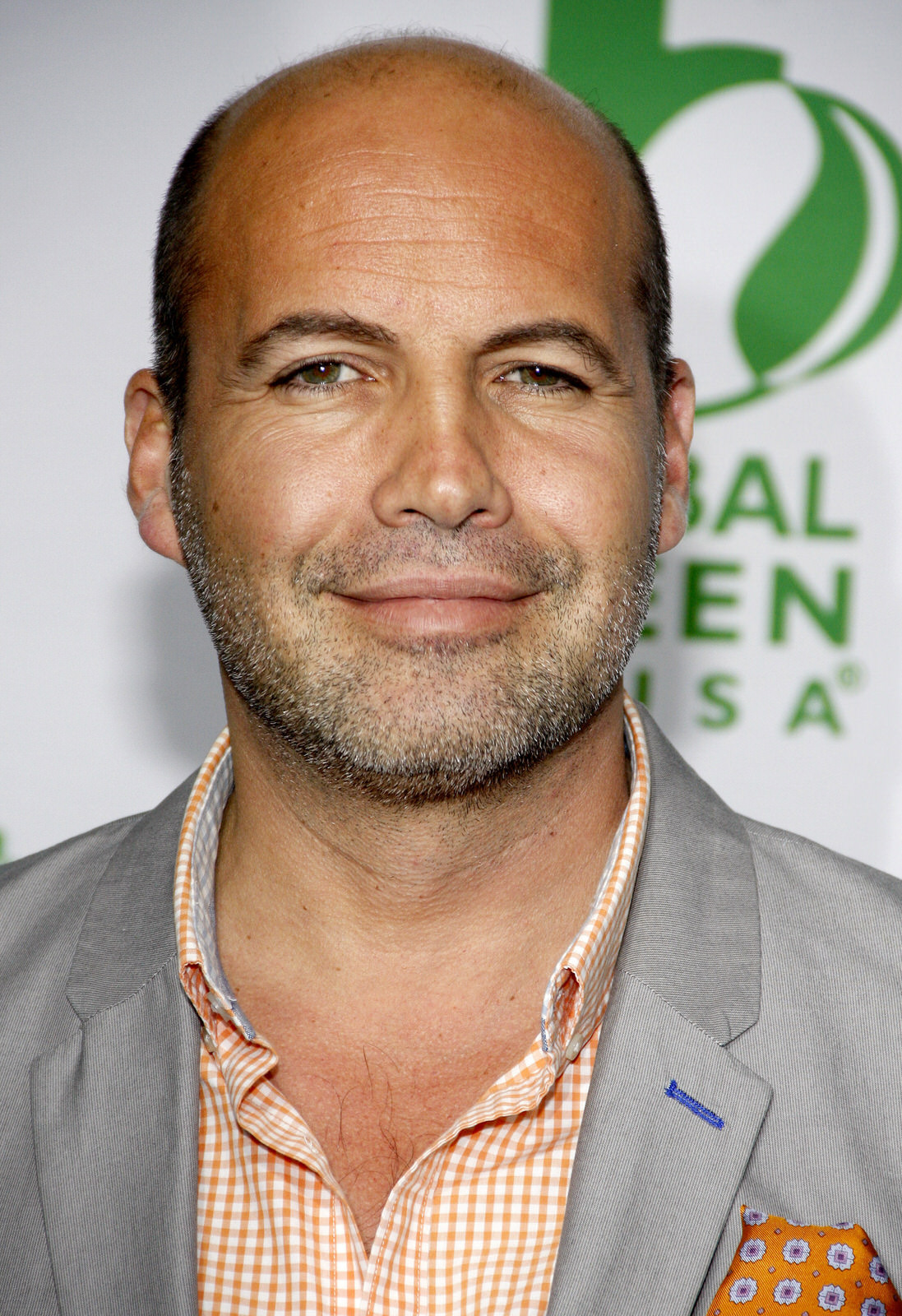Piet Mondrian
Piet Mondrian, a Dutch painter, is renowned for his abstract art featuring primary colors and black lines, revolutionizing the art world with his unique geometric style.
Pieter Cornelius Mondriaan, Jr.
Painter
March 7, 1872
Pisces
February 01, 1944
71
Amersfoort, Netherlands
Piet Mondrian, born Pieter Cornelis Mondriaan on March 7, 1872, in Amersfoort, Netherlands, was a visionary painter and a prominent figure in the development of abstract art. Initially known for his traditional landscapes and portraits, Mondrian’s artistic journey took a transformative turn when he embraced the avant-garde movements of the early 20th century.
In 1911, Mondrian relocated to Paris, where he immersed himself in the vibrant art scene and forged connections with influential artists like Pablo Picasso and Georges Braque. Inspired by Cubism, he gradually shifted towards abstraction, seeking to distill art to its essential elements.
Mondrian’s most celebrated works are his abstract paintings, characterized by bold primary colors (red, yellow, and blue) juxtaposed against black grid lines. These geometric compositions aimed to transcend the representation of external reality and evoke a sense of harmony, balance, and universal truths.
Throughout his career, Mondrian’s unwavering dedication to abstraction earned him international recognition. He received prestigious awards, including the Guggenheim International Award in 1958, and was honored as a Knight of the Order of Orange-Nassau by the Dutch government in 1926.
Beyond his artistic contributions, Mondrian was also a prolific writer and philosopher. His essays explored the spiritual dimensions of art, reflecting his interest in theosophy, a movement that sought to unify religious beliefs. Mondrian believed that art had the power to elevate humanity and bring it closer to a deeper spiritual understanding.
Sadly, Mondrian passed away on February 1, 1944, in New York City, leaving behind a remarkable legacy that continues to inspire and influence artists to this day. His unwavering commitment to abstraction and his profound exploration of the relationship between art and spirituality have cemented his position as one of the most influential figures in modern art history.












